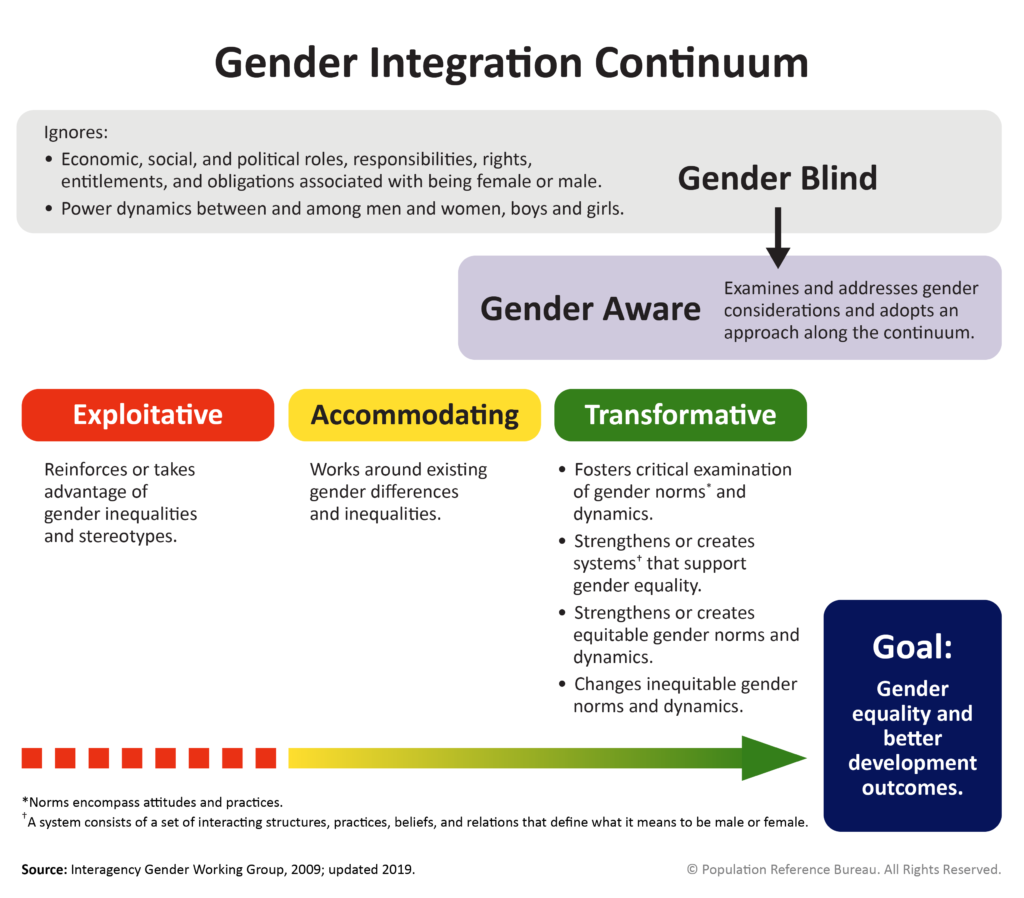Child Marriage, Couple Communication, and IPV: Insights From the TESFA Project
Presentation includes research in Ethiopia on the connection between child marriage, couple communication, and intimate partner violence.
Our training materials can be used to introduce a broad range of audiences and backgrounds to important concepts related to gender and health. Each training course focuses on one of five themes that complement the CORE Gender 101 agenda: Gender Integration, HIV + Sexuality, Safe Motherhood, Gender-Based Violence, and Constructive Male Engagement. The courses are designed to meet the geographic and technical needs of cooperating agencies, USAID Missions, and specific projects. Materials range from basics such as using a shared gender vocabulary and programmatic guidance, to user guides on how to conduct a gender analysis, to exercises for gender trainings. The trainings are geared to be used by anyone and with any audience, even those learning about gender for the first time!
Our popular Gender Integration Continuum framework is an important tool to assess how programs do (or do not) address gender and move them toward more gender-transformative actions. An updated User’s Guide for facilitating training on use of the continuum is available, along with other materials.
Presentation includes research in Ethiopia on the connection between child marriage, couple communication, and intimate partner violence.
Study summary highlighting different strategies to improve how family planning programming can better address the contraceptive needs of men.
This interactive infographic introduces the idea of constructive male engagement and a framework for involving men in reproductive health in three ways.
This brief describes the evolution of constructive men’s engagement (CME) over the last 15 years and makes the case for why it is critical in achieving improved reproductive health and gender equality. Four promising policy initiatives are described, as well as a process for advocating for policy change and recommendations for what policy and advocacy audiences need to consider (December 2009)

